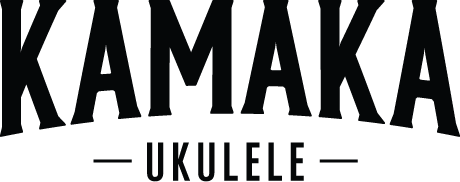Our Legacy
A Time-Honored Tradition of Excellence
1916
Samuel (Sam) Kaialiilii Kamaka Sr. (1890-1953) attended the Royal School in Honolulu from age 8 until 14. His six years at Royal School comprised his entire formal education. Sam’s hanai (foster) father Keohokii was one of King Kalakaua’s fishermen. In 1916, Sam began crafting koa wood ukuleles from the basement of his Kaimuki, Hawaii home and “Kamaka Ukulele and Guitar Works” was born. Soon after starting his business, Sam established a solid reputation for crafting the highest quality ukuleles.
When Sam first began making ukuleles, Hawaii was still a territory. Early Kamaka ukulele labels bore the letters “T.H.” to show they were made in the Territory of Hawaii.
In these early days, there was a real spirit of aloha and camaraderie among ukulele makers. The Hawaiian ukulele makers would frequently help each other out if someone was short-handed or needed assistance. Some of Sam Sr.’s friends and contemporaries were ukulele makers Jonah Kuala, Makini, Sam Chang, Louis Caspar, Ah Tau Kam, Ernest Kai and later during World War II, Johnny Lai.
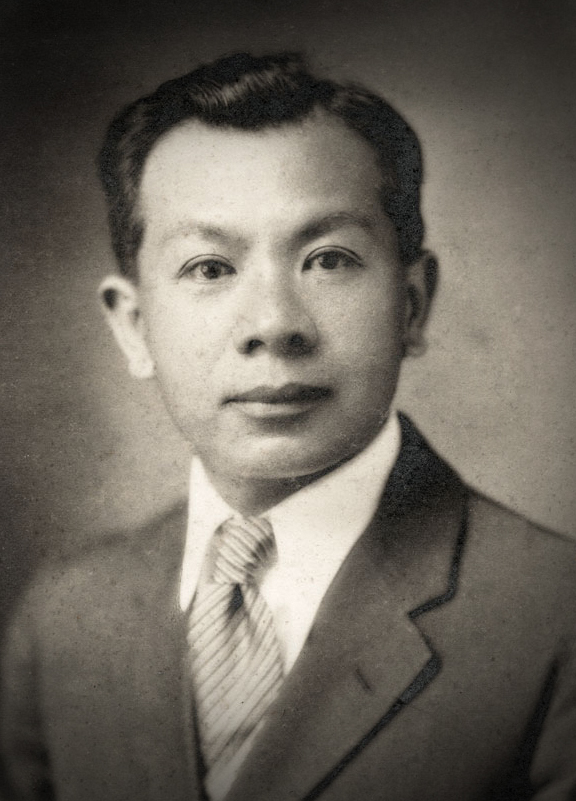
Kamaka Fact
The Hawaiian name Kamaka means the eye or the vision.
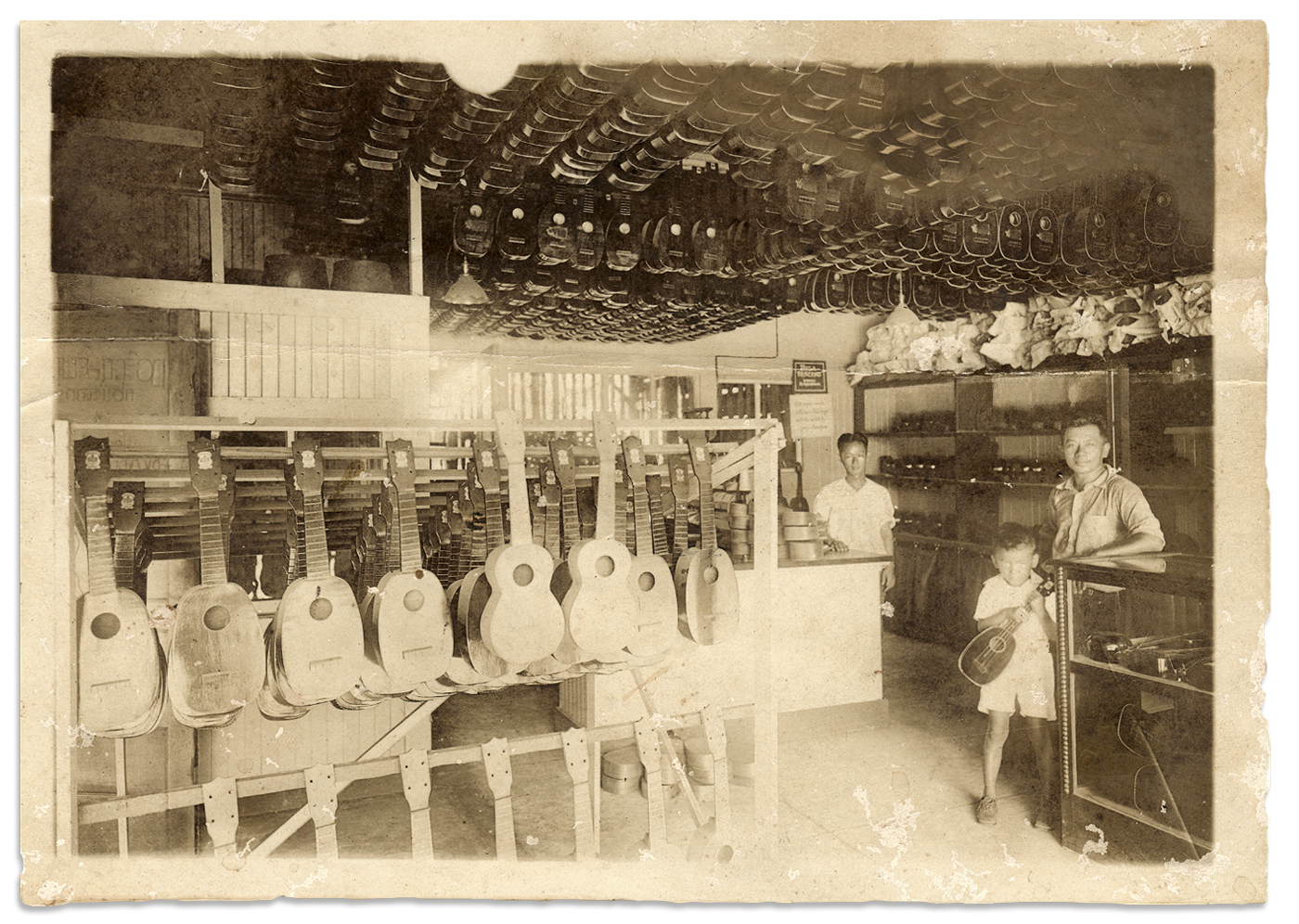
1921
Sam Kamaka opened Kamaka Ukulele and Guitar Works at 1814 South King Street in Honolulu where the Gyotaku restaurant stands today. A streetcar stop was originally located directly in front of the store where Sam would wait for his sons and expect the boys to arrive promptly after school to work at the shop.
The Hawaii State Motto, “Ua Mau Ke Ea O Ka Aina I Ka Pono,” appeared as part of the decal design on early Kamaka ukuleles. The translation of the motto is: “The Life of the Land is Perpetuated in Righteousness.” Originally the motto of the Kingdom of Hawaii, the saying is attributed to Kamehameha III, who presided over the Kingdom from 1825 until 1854.
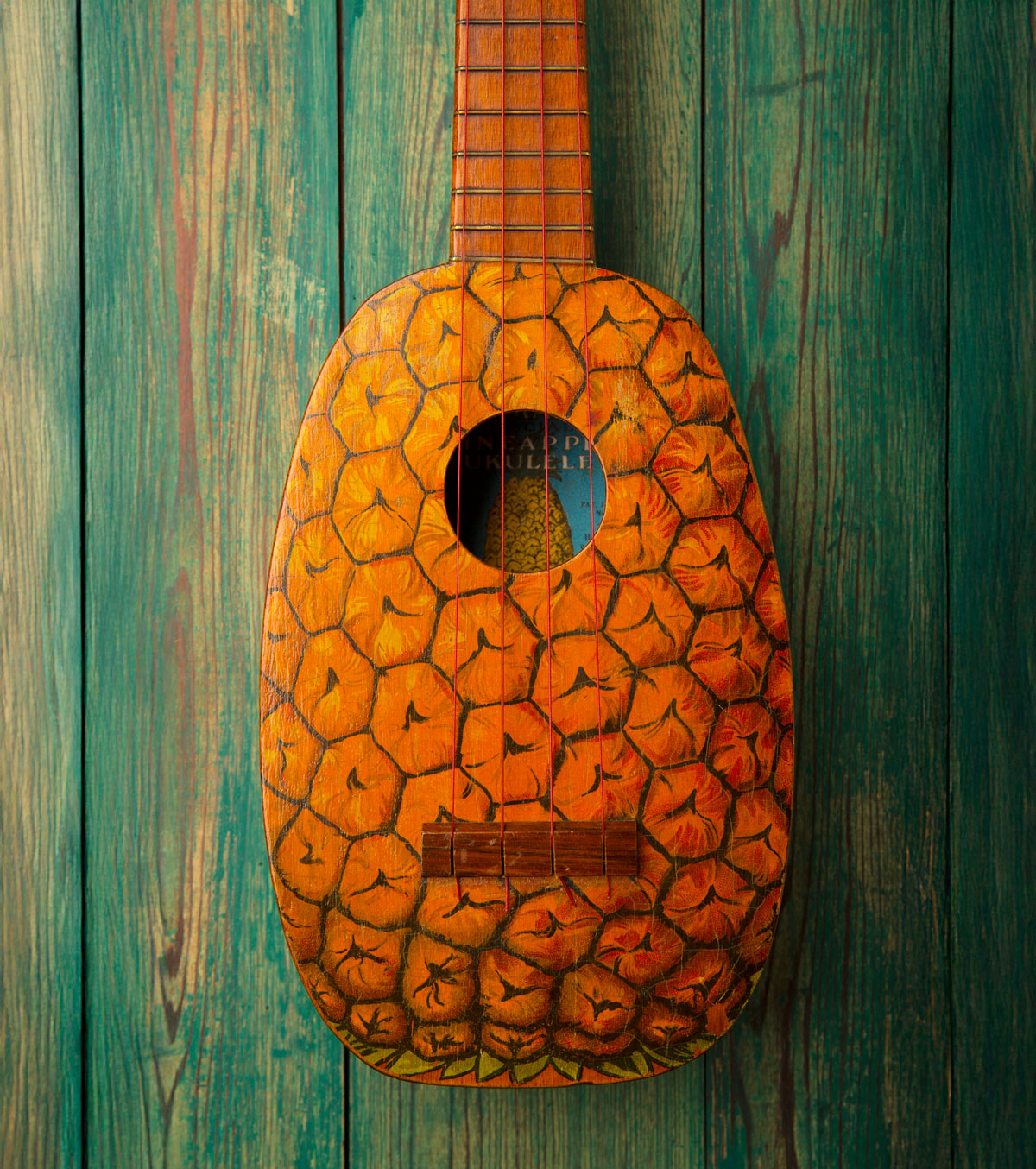
Original Painted Pineapple Ukulele
1928
A constant innovator, Sam Kamaka created a pattern for a new oval-shaped ukulele body. His friends remarked that it looked like a pineapple, so one of Sam’s artist friends painted the front of the instrument to look like the tropical fruit. In 1928, Sam patented the oval-shaped pineapple design, thus beginning the original Pineapple Ukulele. The ukulele produced a resonant, mellow sound distinct from the traditional figure-eight shape. The Pineapple Ukulele became an instant success worldwide, and continues to be Kamaka Ukulele’s signature ukulele to this day. The original pineapple ukulele designed and patented by Sam Kamaka Sr. has been loaned out for exhibit by the Kamaka family on only three occasions—twice to the Bishop Museum and once to the Honolulu Museum of Arts.
Kamaka Fact
The original painted pineapple ukulele built in the 1920s by Sam Sr. has a patent special blue label on the inside and a coat of arms decal on the headstock. Very few hand-painted pineapple ukuleles remain in existence today.
1930s
Sam Kamaka Sr. began training his two sons, Samuel Jr. and Frederick (Fred) Sr., in the craft of ukulele-making, while the boys were in elementary school.
Sam Jr. and Fred Sr., along with five of their cousins, appeared in the 1932 film “Bird of Paradise” starring Joel McCrea and Delores Del Rio. Although Fred Sr. was only six years old, he appeared in one of the promotional stills, seated in a canoe with Del Rio.
In their early teens, Sam Jr. and Fred Sr. would occasionally desert the shop—lights on, door open—when surf was up. During one of those surf sessions, Sam Sr. changed all the locks at the factory to bar his sons’ return. He wanted to teach the boys a lesson after he discovered they had shirked their work responsibilities.


1940s
Ukulele maker Louis Gaspar learned the craft of ukulele making from Sam Kamaka Sr., who was his brother-in-law. From 1940 to 1946, Johnny Lai was given permission by Sam Kamaka Sr. to use the Kamaka factory on evenings and weekends when business was closed. Lai used the name “Ka-Lai” on the ukes he made, a combination of “Kamaka” and “Lai.” The name was later changed to “Ka-lae” because it sounded more Hawaiian. Lai’s ukuleles were made of monkeypod wood, a less expensive alternative to Kamaka koa ukuleles.
1945
The business was reorganized as “Kamaka and Sons Enterprises.” Sam Jr. and Fred Sr. were then drafted into the U.S. Army. After serving in World War II, both brothers attended college on the GI bill. While attending Washington State University, Sam Jr. and Fred Sr. played ukuleles as “The Kamaka Brothers” to earn extra money. After graduating in 1950, Fred Sr. began a 25-year career in the Army, while Sam Jr. earned a masters degree and went on to pursue a doctorate in entomology at Oregon State University.
Fred Sr.’s favorite ukulele is a pineapple ukulele made by his father that he kept with him while serving as a U.S. Army infantryman during the Korean War. Fred Sr. said he kept the ukulele strung on his back while in Korea, and it even bears the burn marks it received from ammunition casing. The precious pineapple ukulele symbolized home for him, and gave him hope amidst the chaos and uncertainty of war.

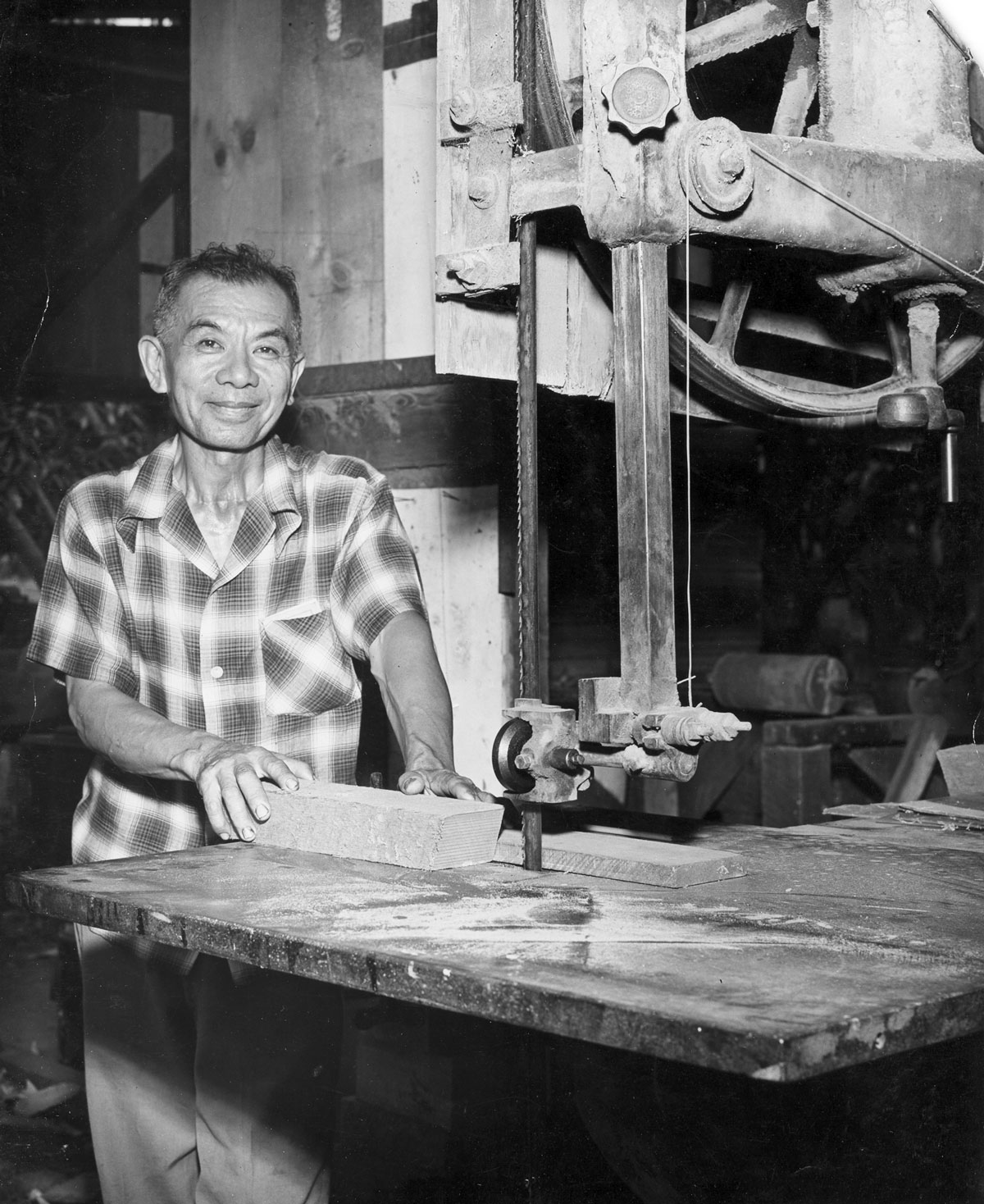
Founder Sam Kamaka Sr.
1952
Due to illness, Sam Sr. went into semi-retirement and moved his ukulele crafting equipment to his Lualualei Homestead farm in Waianae. When he became seriously ill the following year, Sam Jr. moved back to Hawaii to care for his father. Sam Sr. died in December 1953, after hand-crafting koa ukuleles for over 40 years. Immediately following Sam Sr.’s death, Sam Jr. put aside his personal career aspirations to continue the family business. Building on the knowledge he had picked up from his father, Sam Jr. restored the factory at the 1814 S. King Street location.
Sam Jr. soon discovered the challenges of finding good employees to help run the operation. His wife, Geraldine, an occupational therapist, suggested that the company employ people with disabilities. Sam Jr. took her advice and hired two hearing-impaired individuals, paving the way for other disabled workers. The craftsmen’s “disability” turned out to be a tremendous asset. He discovered that the deaf craftsmen measured the thickness of sound boxes with complete accuracy by drumming their fingers on the wood and feeling the vibrations.
Kamaka Fact
At the advice of his wife, Geraldine, Sam Jr. hired two hearing-impaired individuals, paving the way for other special-needs employees.
1958
The “KK” (double K) symbol first used on Kamaka headstocks in 1958 was designed by Sam Jr. after he took over his father’s business. According to Sam Jr., when he stacked the words “Kamaka Ukulele” on top of each other and the two K’s lined up one on top of the other, he interpreted the letters as representing him and his brother, Fred Sr.
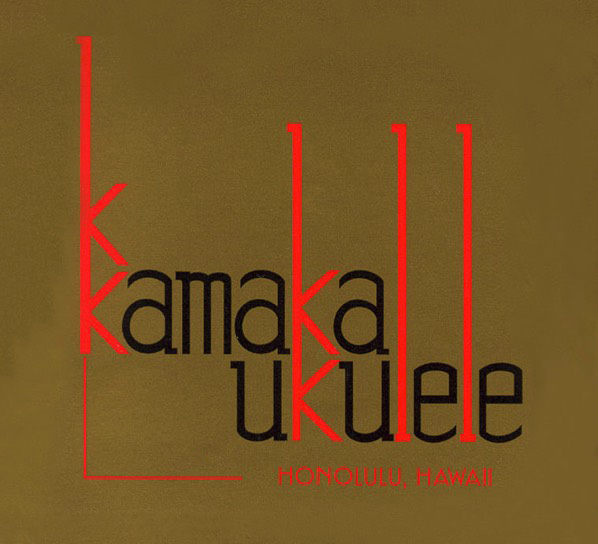
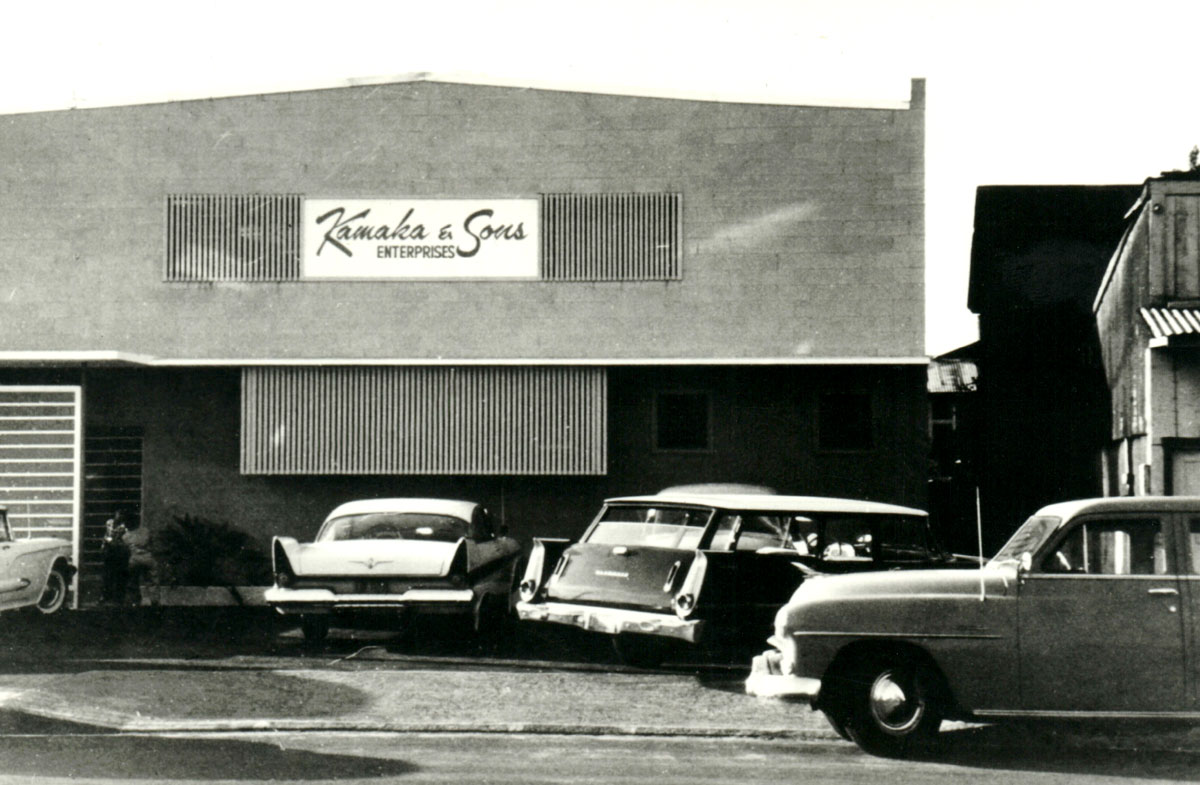
Kamaka Hawaii’s ukulele factory at 550 South Street in Honolulu.
1959
Kamaka Ukulele expanded and celebrated the grand opening of its current factory and retail location at 550 South Street in Honolulu.
1963
From 1963 to 1970, Kamaka & Sons Enterprises collaborated with Tokyo Stringed Manufacturing Co., Ltd. to produce ukuleles for sale in Japan. Called “Keiki Kamaka,” the ukuleles were made of mahogany, and were only available in the standard (soprano) size. “Keiki” means “child” in Hawaiian, a fitting name for the affordably priced, beginner’s model.

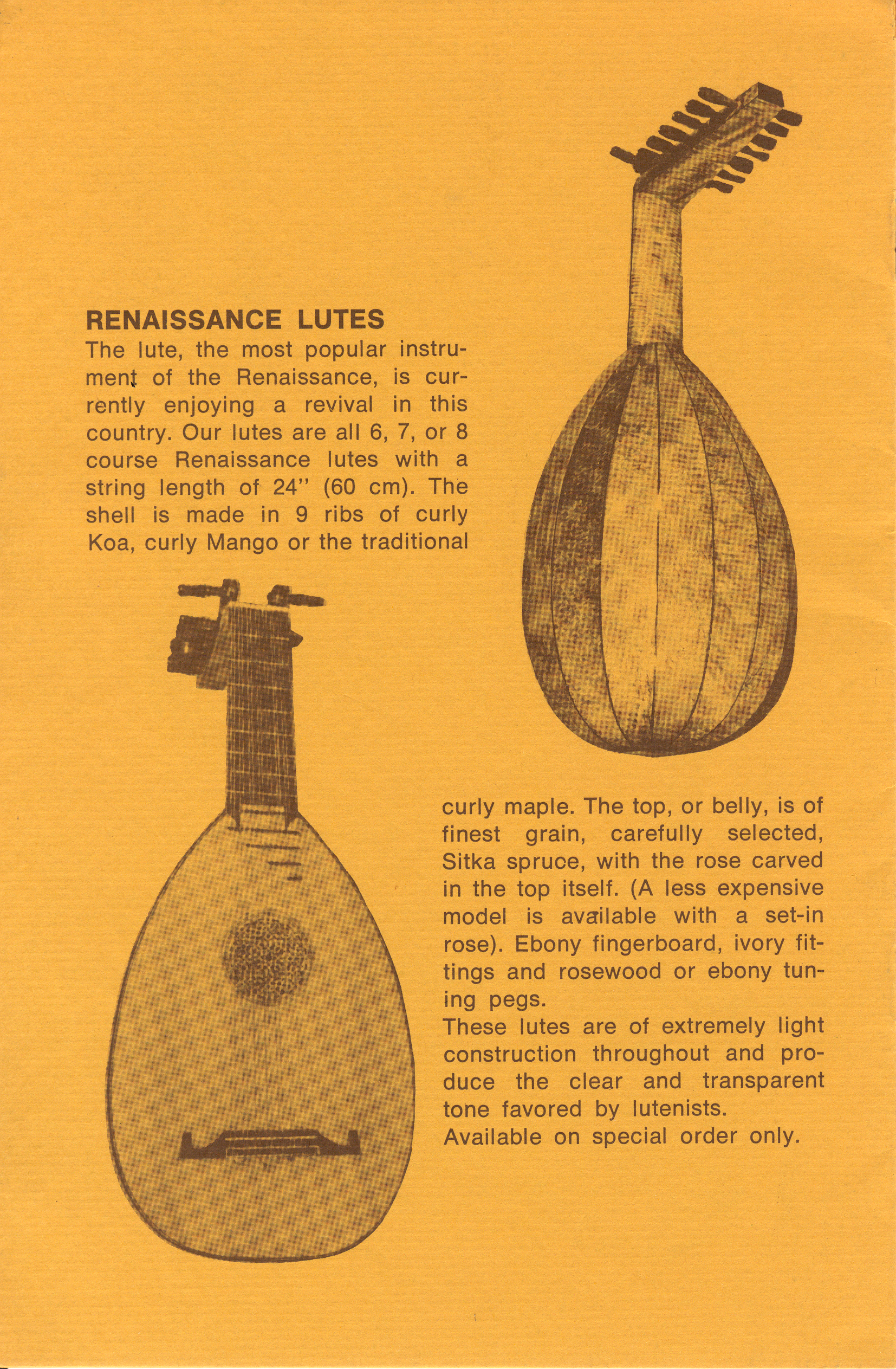
1966
George Gilmore, a classical guitar teacher at Punahou School, and Sam Kamaka Jr. started the Lute Society and taught evening sessions in guitar and lute construction from 1966 to 1970. Gilmore learned lutherie in Spain and influenced some of the techniques still used today at the Kamaka Ukulele factory.
Kamaka Fact
Kamaka Hawaii is now in its fourth generation of Kamakas carrying on the family business.
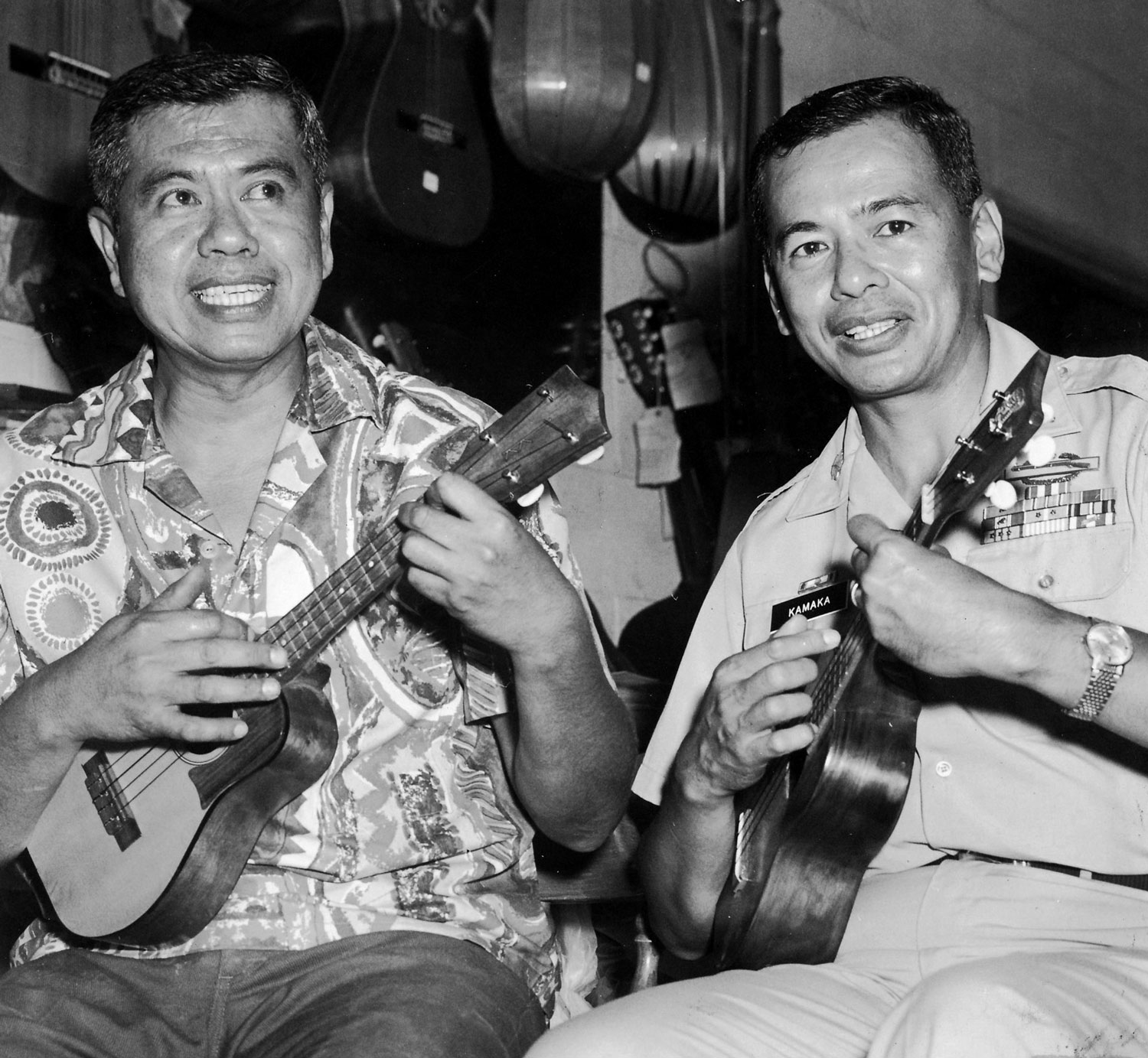
Sam Kamaka Jr. and Fred Kamaka Sr. together at the Kamaka factory in Honolulu.
1968
Kamaka and Sons Enterprises incorporated and became “Kamaka Hawaii, Inc.” After retiring from the Army in 1972, Fred Sr. joined the business as its general manager. Along the way, Sam Jr.’s sons, Chris and Casey, also joined the company as did Fred Sr.’s son, Fred Jr. Together the sons now play major roles at Kamaka Hawaii, Inc. Chris is the production manager and Casey crafts custom ukuleles. Other Kamaka family members are also helping with the business, carrying the Kamaka tradition on into the fourth generation.
1970
In 1970, Sam Kamaka Jr. designed a custom long-neck tenor 10-string (tiple) ukulele for astronaut Scott Carpenter.

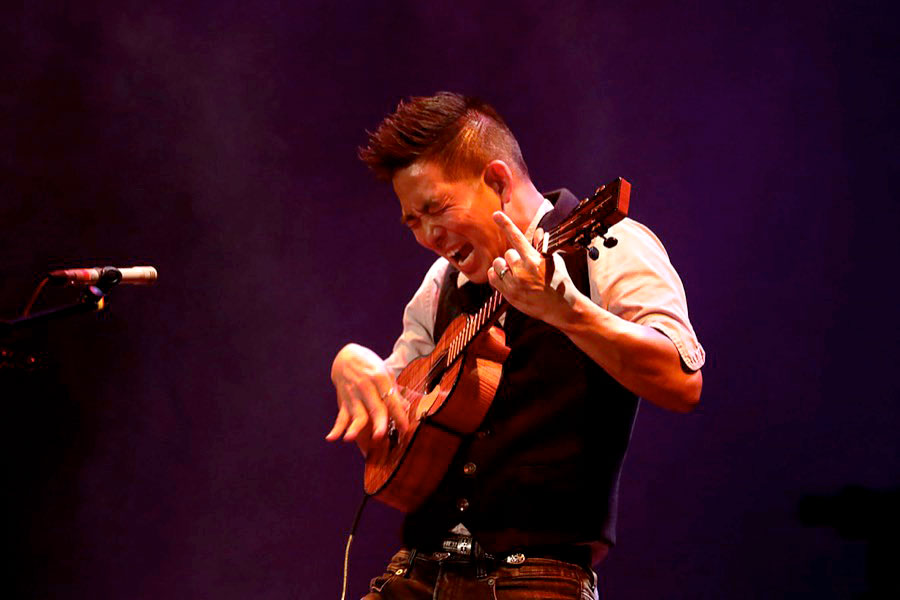
Ukulele virtuoso Jake Shimabukuro jams on stage.
1980s
Ukulele extraordinaire Jake Shimabukuro began playing a Kamaka Ukulele Standard when he was just 4 years old. He later progressed to a Kamaka Concert Ukulele, and then a Kamaka 6-string. Today, Jake exclusively plays Kamaka ukuleles, with his instrument of choice being the Kamaka Tenor Ukulele that he plays today to the delight of audiences around the world.
1989
In February 1989, Kamaka Hawaii was part of the “Good Morning, America” program. The factory was featured during a tour with host Joel Siegel, who ended the segment by playing an ukulele and singing “Ukulele Lady” with Chris Kamaka.
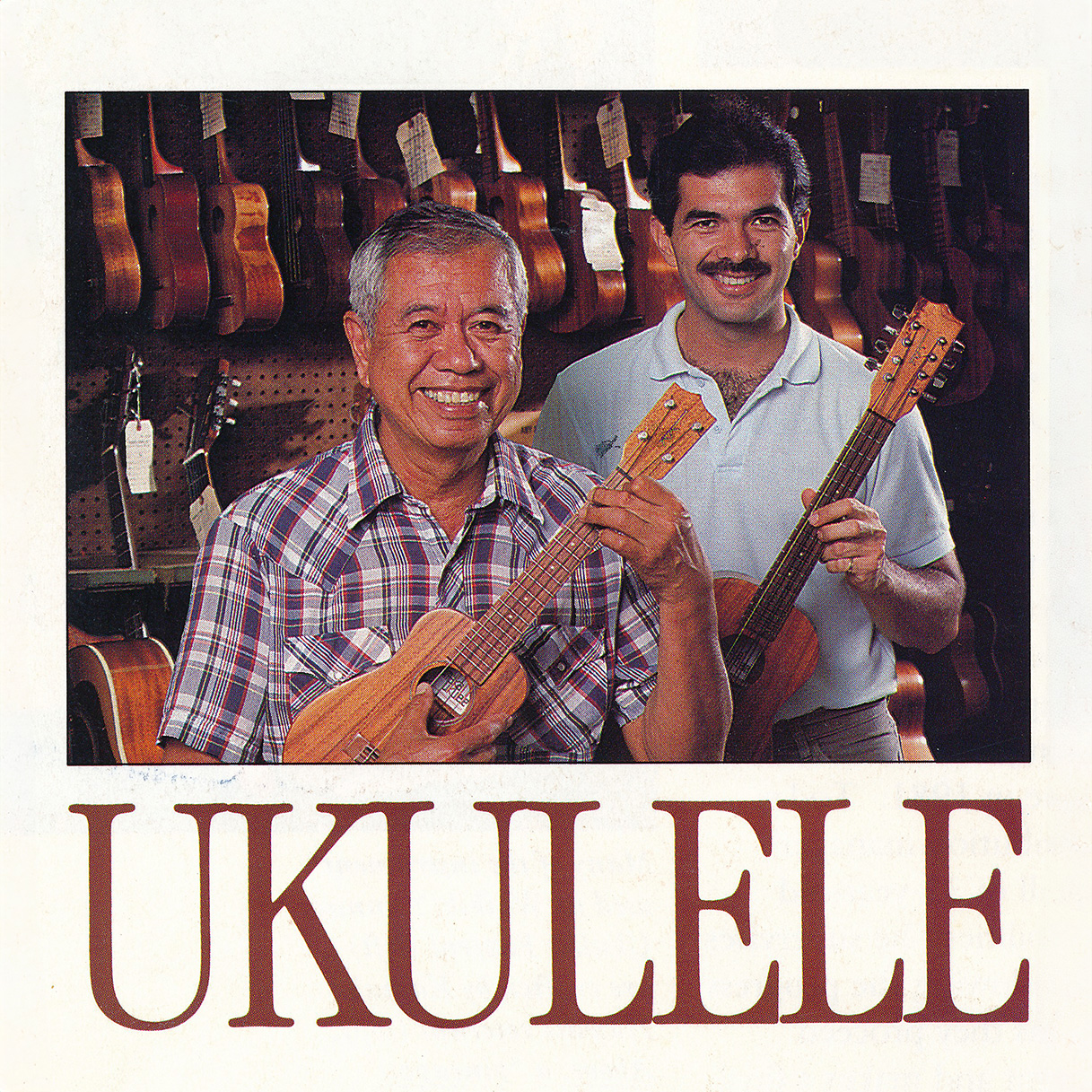
“First Family of the Ukulele”, article by Linnea Smith Jessup for Pleasant Hawaii in 1989.
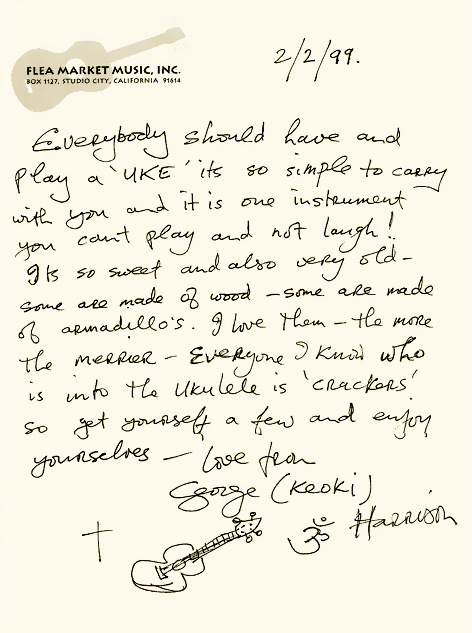
1994
Former Beatle and internationally renowned musician, George Harrison, played a range of Kamaka ukuleles including the Concert, the Tenor 6-string, and the Tenor 8-string ukulele. According to one Maui music store, Harrison would buy out all the available Kamaka ukuleles in stock to give as gifts to friends. Harrison played a Kamaka Tenor 6-string (the Liliu) ukulele on “Between The Devil and the Deep Blue Sea,” a bonus feature on the “Brainwashed” DVD. In the special features of the Beatles “Anthology” DVD, Sir Paul McCartney, George Harrison, and Ringo Starr share happy memories (“Recollections –June 1994”), while Harrison strums a Kamaka Concert ukulele.
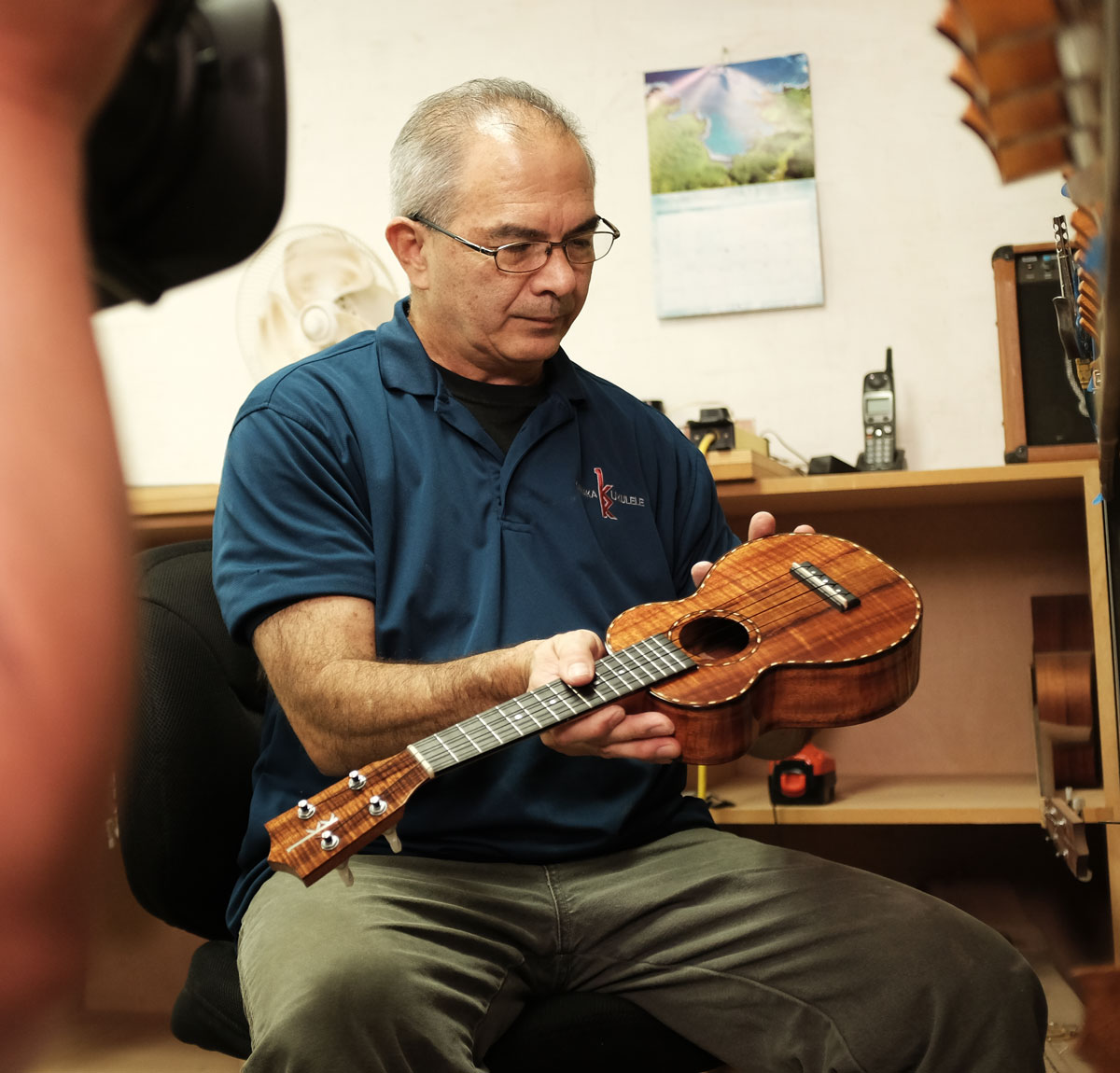
Kamaka Hawaii President Chris Kamaka inspects a new ukulele before it leaves the factory.
1996
In January 1996, as a manufacturer of fine ukuleles for 80 years, Kamaka Hawaii was featured on Fox Cable 2 from New York City, transmitted live from Hawaii via satellite.
1999
On August 31, 1999, Kamaka Hawaii held a special celebration to honor the retirement of two master craftsmen, Jose Hipolito Jr. and Kenneth McFeeley, both hearing-impaired since birth. Jose had been with the company for 44 years, and Kenneth for 40 years. Even more than the growth in the number of employees over the years, Kamaka Hawaii is most proud of the stability of its workforce, and believes they are the true reason for the company’s enduring success.
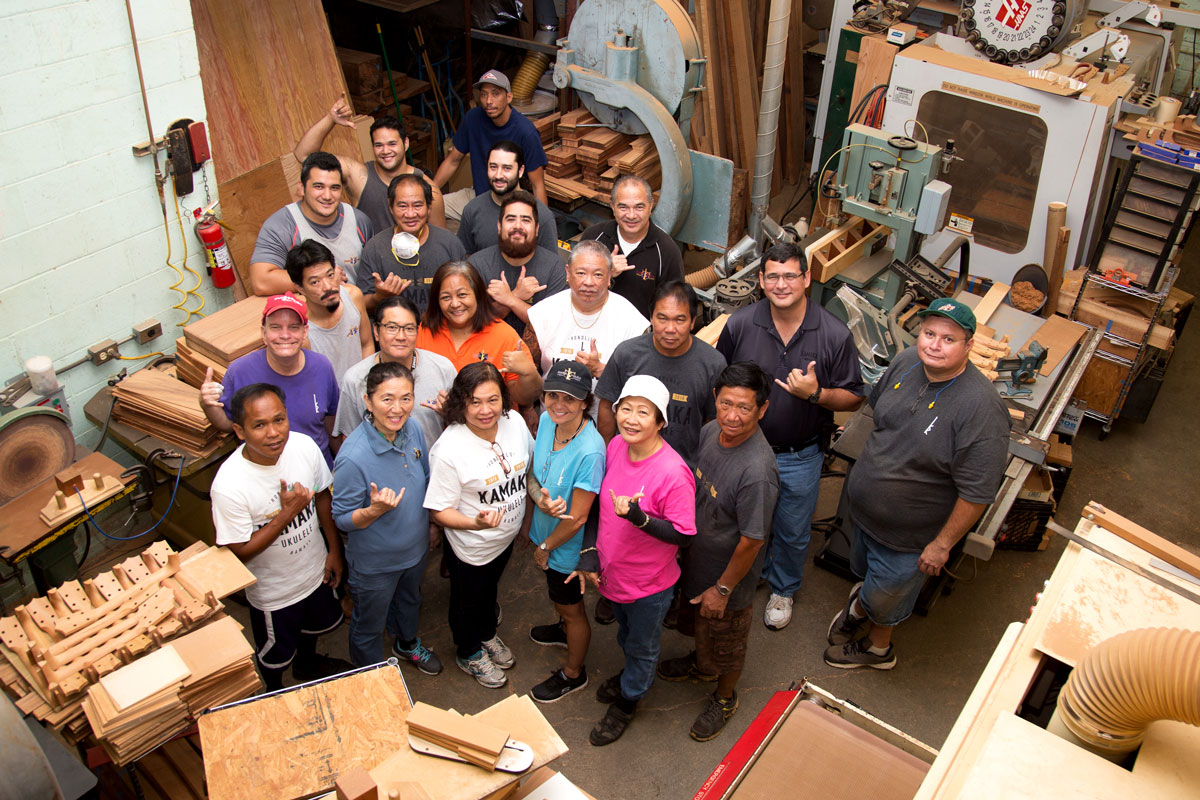
Kamaka Hawaii employees celebrate together at the Honolulu factory.
Kamaka Fact
In 2001, Tom Selleck called Kamaka Hawaii to order a Tenor 4-string ukulele which he used in his performance as Murray Burns in the Broadway play, “A Thousand Clowns.”
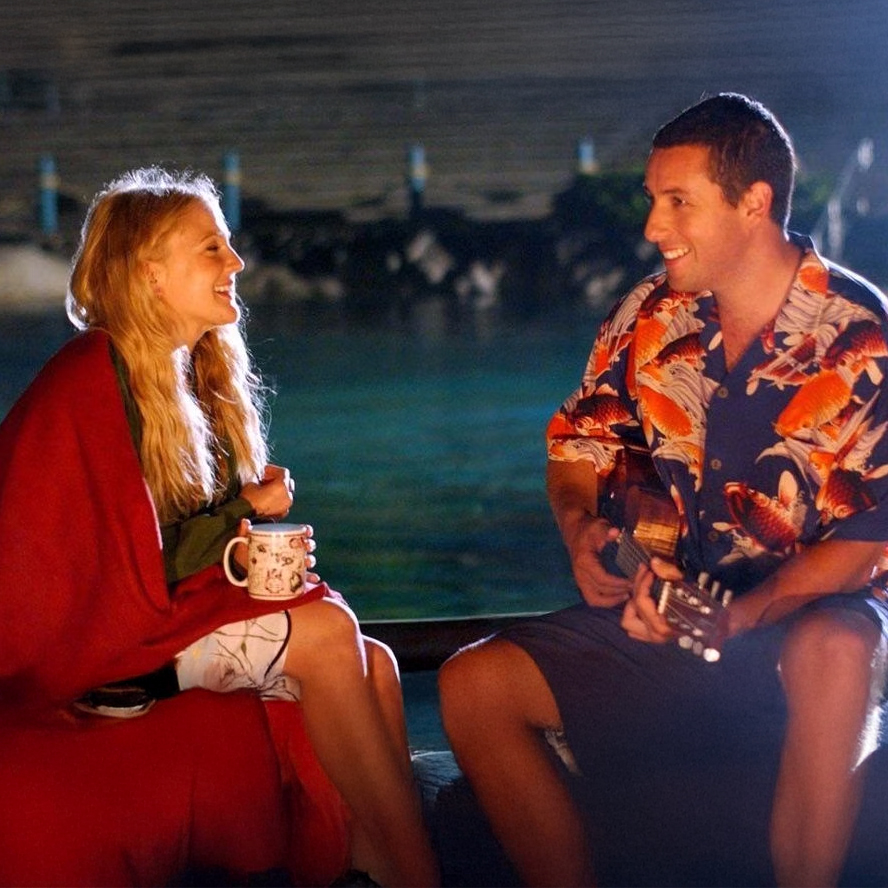
2004
Movie star Adam Sandler played a Kamaka ukulele in the movie “50 First Dates.” The ukulele was a custom Kamaka 6-string ukulele designed to Sandler’s requested specifications. The ukulele appears in the movie’s official poster and on the cover of the DVD and soundtrack, although the ukulele was digitally modified in the poster to resemble a 4-string ukulele.
2005
Reyn Spooner introduced its “Kamaka Story” line of aloha wear. Reyn Spooner is the only authorized manufacturer of apparel bearing the Kamaka name.

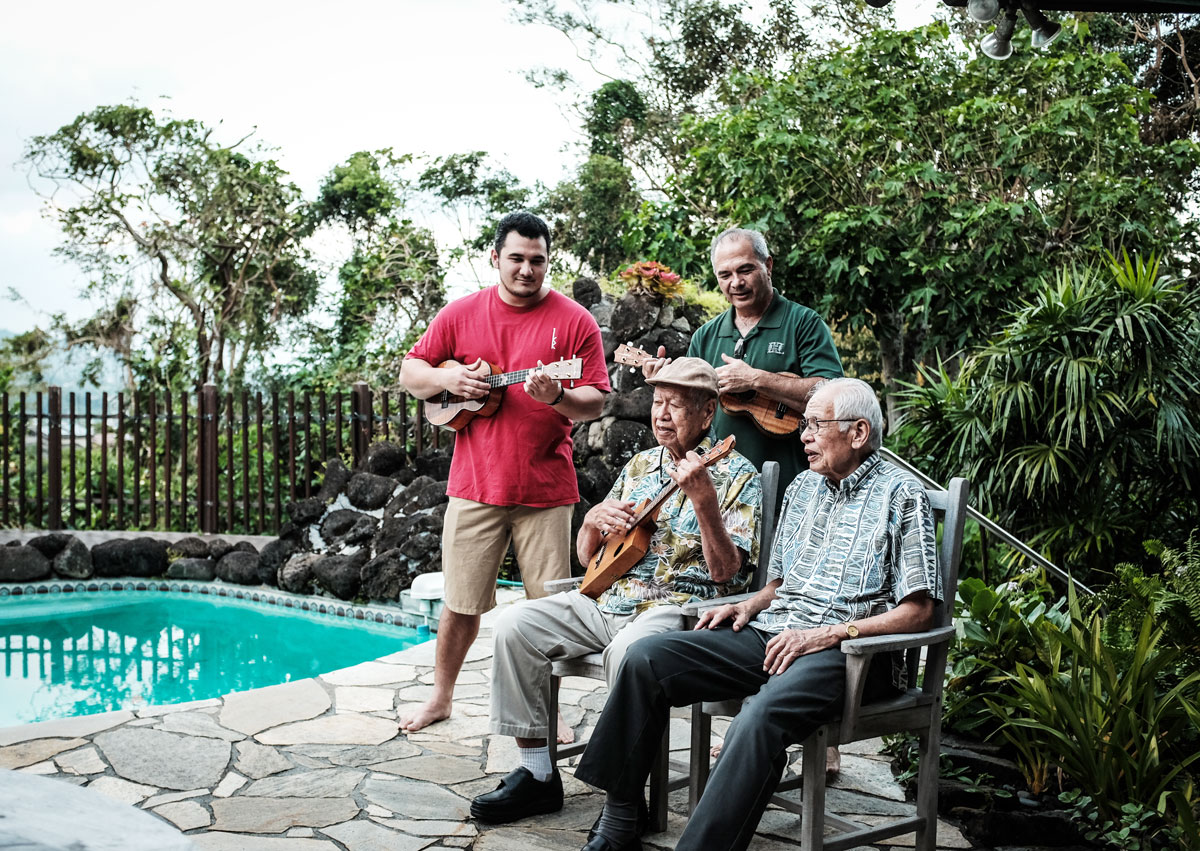
2016
Kamaka Ukulele marks 100 years of making handcrafted ukuleles in Hawaii with a celebration honoring the company’s founder Sam Kamaka Sr. and his sons Sam Jr. and Fred Sr.
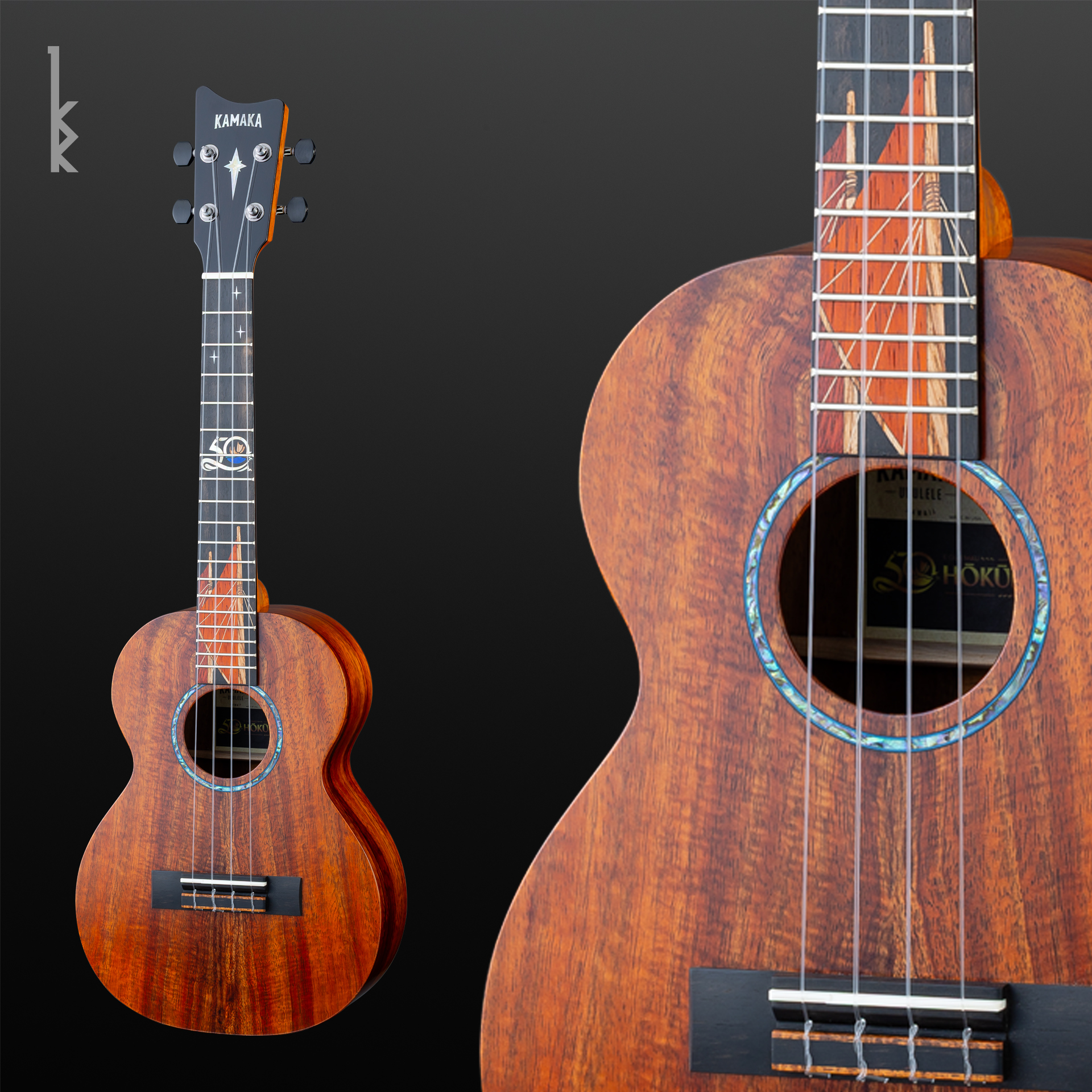
2025
Created to commemorate 50 years of exploration and inspiration, the Hokulea 50th Anniversary Limited Edition Ukulele embodies the spirit and values of both Kamaka Hawaii and the Polynesian Voyaging Society. It’s not just made of wood and strings—it holds the mana of generations. Together, we honor our roots, celebrate the present, and guide the way forward for those yet to come.
